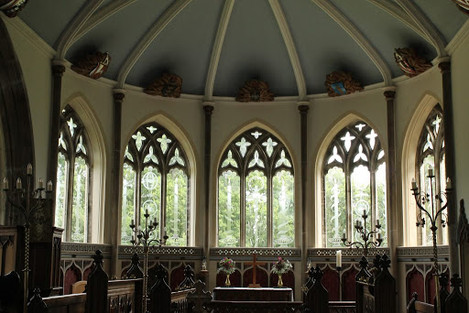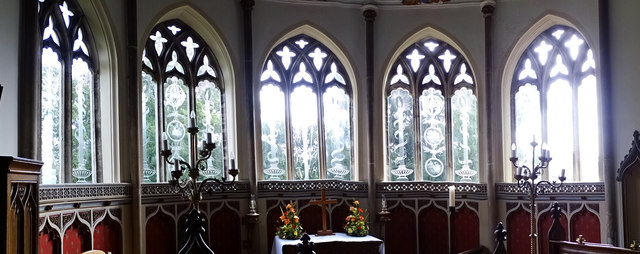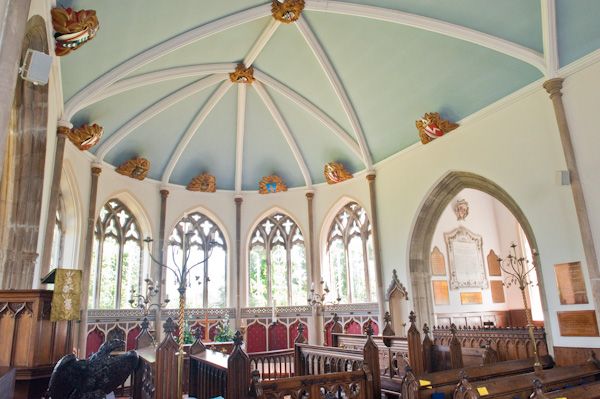Laurence Whistler - Muses & the Beau Monde
- Lilium
- Jan 6, 2021
- 4 min read

Sir Alan Charles Laurence Whistler CBE, born 21 January 1912, was a British poet, writer and artist, working in particular in glass engraving.
Laurence was a son of architect and estate agent Henry Whistler and Helen Frances Mary. He was the younger brother of Rex Whistler, who was also a famous artist and bright young thing.
The family moved various times, and he was finally sent to Stowe school, where his history tutor, Martin Mac-laughlin, encouraged him to make measured drawings of the school buildings. In 1930, he went to Balliol College, Oxford, where his fees were paid by Rex, by then earning a good deal as an artist and illustrator.
Laurence changed from studying history to English, leading a quiet life mostly reading poetry. His first book of poems, Armed October, was published in 1932, with illustrations by Rex.

In 1934, he published a second book of poems and took a job as assistant secretary to the press board of the Church Assembly. To supplement his income, Laurence began glass engraving. In the same year, he stayed with the daughter of Sir Edwin Lutyens in Northumberland, where, with a diamond-tipped pencil, he engraved a sonnet on a window pane, decorating it with an urn of wild flowers. Rex encouraged him and Laurence's first designs were in the manner of his brother. It was around this time that he met Jill Furse, a young actress who would become his future wife.
In 1935 at the age of 23, he became the first recipient of the King's Royal Gold Medal for Poetry, given for the best book of the year by a writer under 35. The Royal Gold Medal which was instituted by the King to encourage the writing of poetry in the Empire.
On the strength of this prize, Laurence left his job, and signed contracts for a further book of poems, verse works of his included 'The Emperor Heart' ; 'Four Walls'; and 'In Time of Suspense', in 1940, published by William Heinemann.
He also wrote a biography, 'Sir John Vanbrugh, Architect and Dramatist'. Published in 1938, this last book was a pioneering work, which revived interest in the English baroque architecture movement. However, once he began engraving to supplement his income, he later largely turned away from verse.
Laurence married Jill Furse in 1939 and, when war was declared, settled at a cottage at Venton, near Bideford, where he continued glass engraving and, with Jill's encouragement, wrote poetry. Their idyllic life at this time is described in Laurence's book, The Initials In The Heart, which was published in 1964 to wide acclaim. During the war, he served as an army instructor.
In 1944, he suffered two personal tragedies. In July, Rex was killed in action in Normandy - Laurence read the news when he picked up a newspaper at Waterloo station. Then, in November, not long after the birth of a daughter, Jill died of a blood infection. Laurence was unable to be with her at the time. After demobilisation, he went to live with his young children, and the Furse family, in London and, later, Devon.
Through his career he engraved on goblets and bowls blown to his own designs, and (increasingly, as he became more celebrated) on large-scale panels and windows for churches and private houses. He also engraved on three-sided prisms, some of them designed to revolve on a small turntable so that the prism's internal reflections completed the image. The best-known of these was the 'Rex Prism' which he made as a memorial to his elder brother.
His early works include a casket for the Queen Mother, and a hinged glass triptych to hold her daily schedule. Other engravings of his can be found, for example, in Salisbury, where his family lived during part of his childhood, including a pair of memorial panels with quotations by T. S. Eliot along with the Rex Prism in the Morning Chapel, both in Salisbury Cathedral.
There are works of his at the Ashmolean Museum; at Balliol College, Oxford where he was an undergraduate, and St Hugh's College, Oxford, where he also designed the Swan Gates leading from the college grounds onto Canterbury Road; at Stowe House in Stowe, Buckinghamshire; and in the Corning Museum of Glass in America. He also did engravings for the village church of St Nicholas at Moreton, Dorset, where every window was engraved by him over about 30 years.

In 1947, Whistler created one of the wedding gifts for Princess Elizabeth, a glass goblet engraved with the words of a 1613 poem by Thomas Campion, written for the marriage of Elizabeth of Bohemia, daughter of James I.
In 1950 he married Jill's younger sister, Theresa, and they had two children; the marriage was later dissolved. He would go on to marry one more time in 1987 but this marriage was only to last four years. In 1975 he became the first President of the newly founded British Guild of Glass Engravers.
Laurence continued to write books, Rex Whistler, His Life And His Drawings (1948), The Laughter And The Urn, The Life Of Rex Whistler (1985), and several works on his engraved glass.
Whistler's many honours included an OBE (1955) and a CBE (1973). In 2000, not long before his death at the age of 88, he was created a Knight Bachelor.
Laurence was a man of great intellect, kindness and modesty, always encouraging young artists and writers. His books and glass engravings are endowed with a rare poetic sensitivity as well as a very professional vigour.
Reading Recommendations & Content Considerations
Desert Island Discs - Laurence Whistler
























































































































































































































































